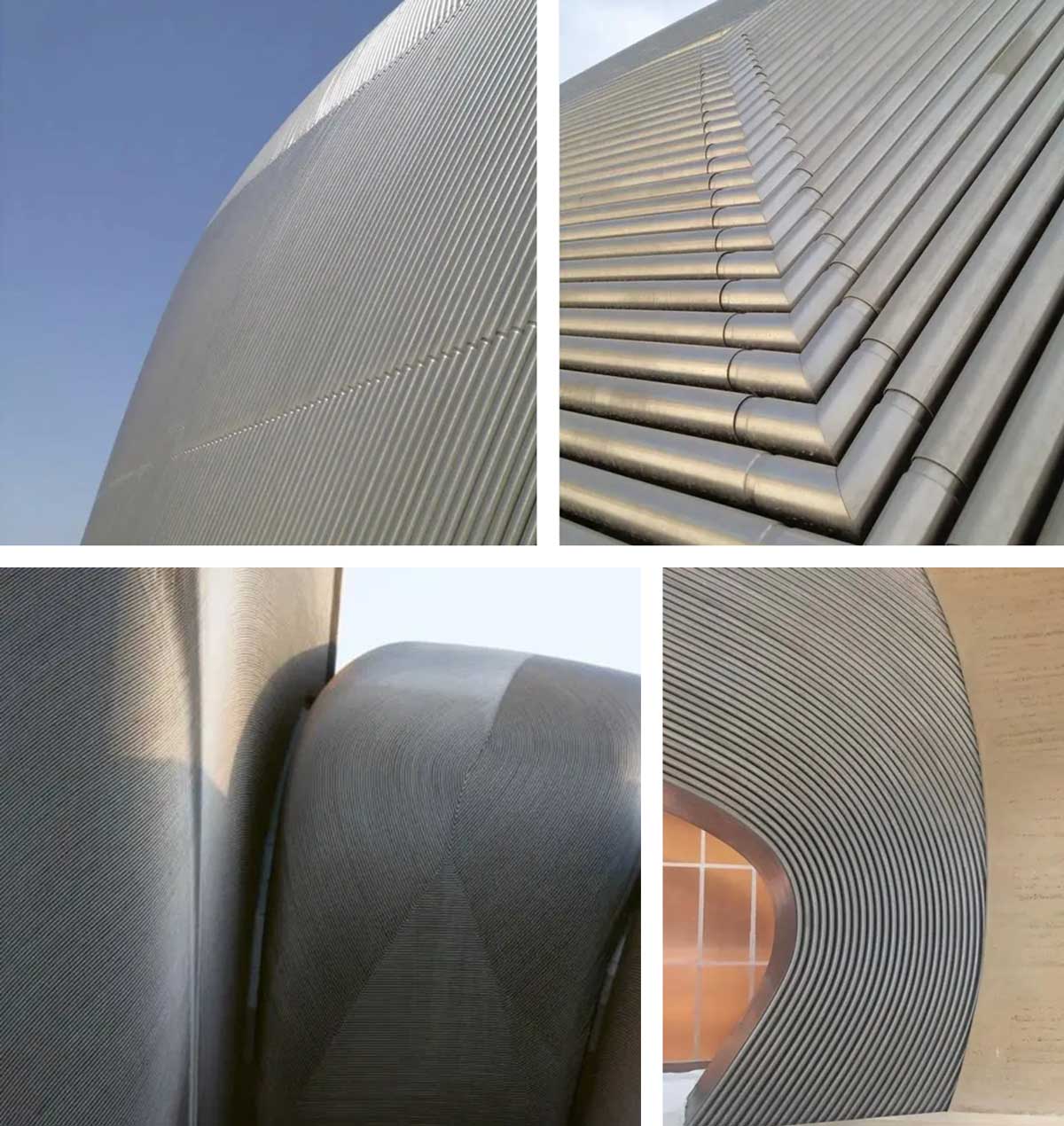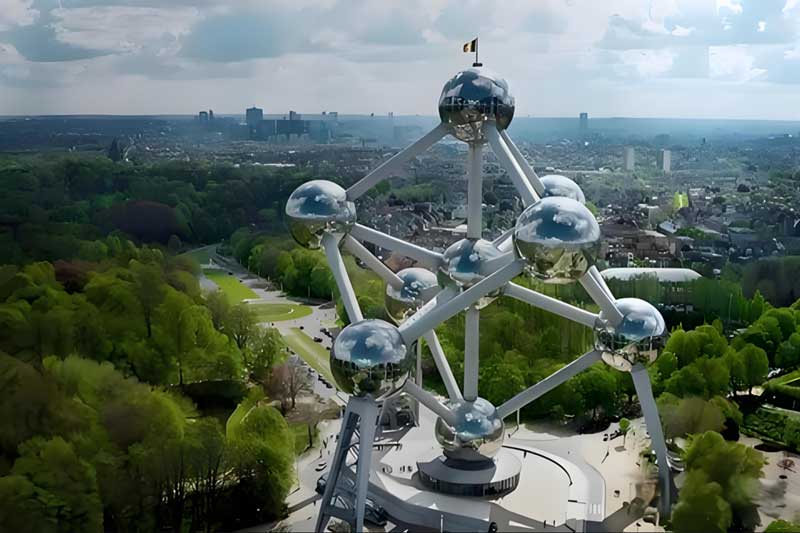Designed by the Norwegian architectural firm Snohetta, The King Abdulaziz Center for World Culture (or Ithra) is a world-class cultural venue located in Dhahran, Saudi Arabia. The construction was commenced in 2010, completed and inaugurated in 2016. Unlike the other world-famous architectures introduced previously which are financed or partiality financed by government, communities or other non-profit institutes, Ithra was conceived and built by Saudi Aramco, an energy and chemicals company in Saudi Arabia. Their vision or slogan for Ithra is "Unleashing the most important energy source there is: human potential."
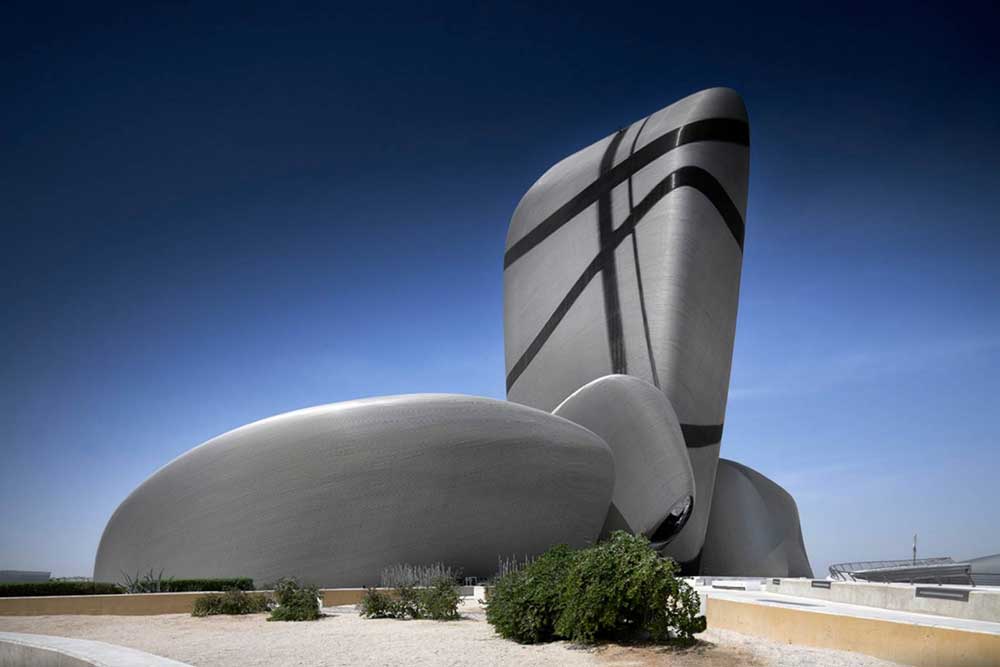
Since its opening, this Center charms tourists from home and abroad with its unique architectural style and the atmosphere it creates for each visitor, whether in terms of the setting or the personnel working there. Each year, there are roughly 200,000 visitors, implying a significant demand for leisure and learning. Inside the center are museums (also including children museum), theater, library, lab, cinema, energy exhibit, Ithra Academy and also restaurants and cafes. Have to mention, the library stores over 315 000 books for all ages. The diversity ensures to a large extent there’s something to explore for everyone.
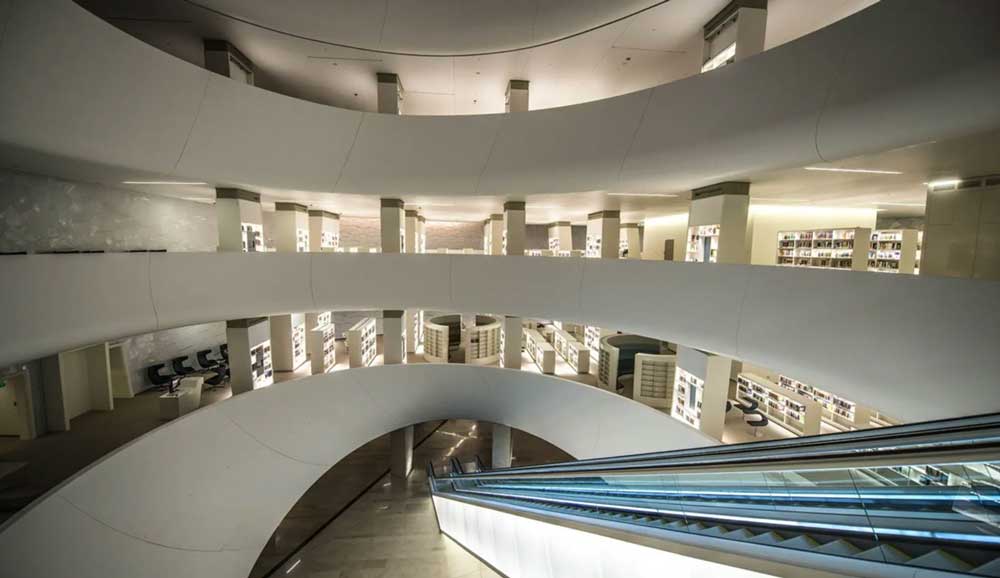
With its bold and creative design, Ithra has won itself “Big Project Middle East Construction and Sustainability Awards: Winner of Award for Excellence in BIM Implementation” in 2016, listed by the Time magazine as “one of the top 100 places to visit” in 2018, and won American Concrete Institute “Excellence Award” in 2019. Up to date, this Center has produced 20 films that have won 15 regional and international awards (Aramco, 2024). So, let’s explore closely to the building itself.
A simple look of Ithra arouses a sense of modernism and futurism. However, this building also incorporates conventional element into its design. Situated in the hot desert, this Center is constructed with four pebble shaped buildings. Each pebble is unique, both physically and programmatically. The Keystone, or the 18-story main tower stands 110 meters up to the sky, suspended and fixed in its position and surrounded by the other pebbles like a roman arch. The pebbles are seemingly frozen in time. The futuristic metal stands in comparison with the man-made and ancient technique of rammed earth framing the Plaza, expressing how the past and present work together aesthetically. This forming also aims to deliver the key message of cultural interdependence. Culture never stands alone as separate and independent, instead, they are united strongly together.
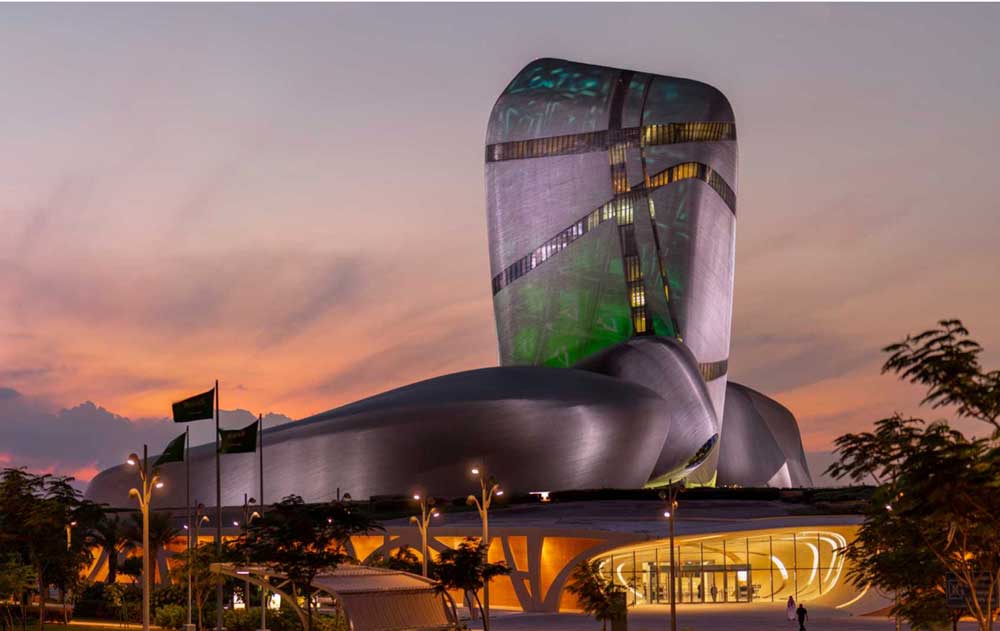
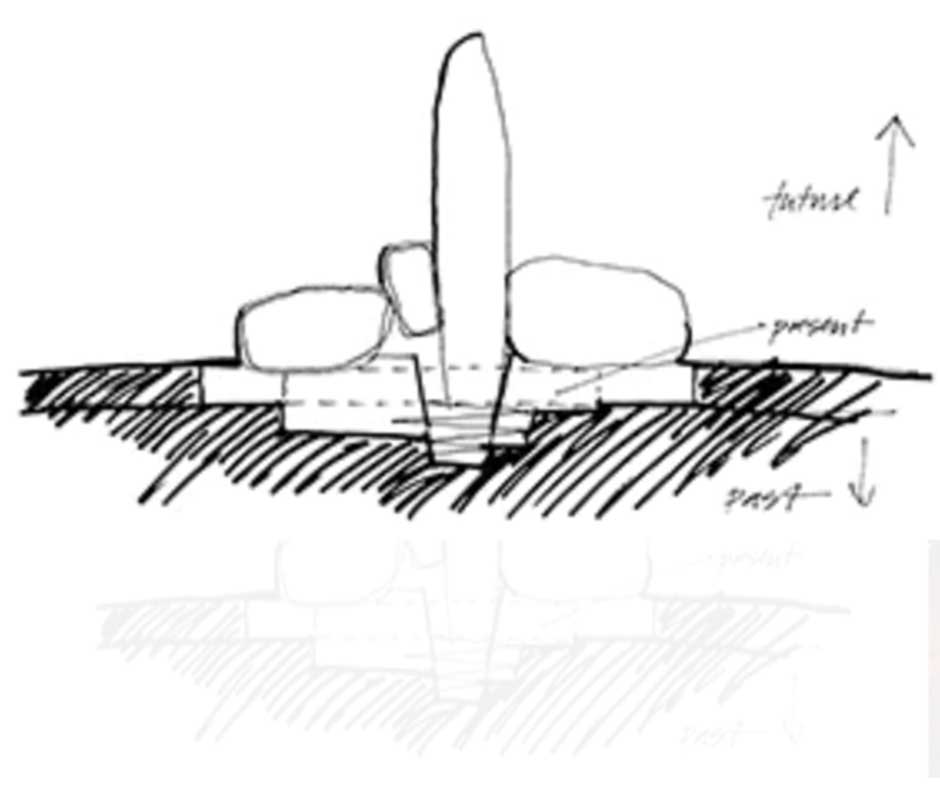
Apart from its innovative design, the use of building materials is another creativity in the world architecture literature. The application of stainless steel tubes as the outer skin is the first of its kind all over the world. Each pebble is constructed with reflective stainless steel tubes creating distinctive facades. The stainless steel tubes were pre-bent and cladded as single dimension lines resolving the organic shapes. The reflective tube finish animates the buildings as the sun moves across the sky, giving a sense of dynamic beauty. Stainless steel tubes are chosen for the harsh environment in which the Center is situated. The materials chosen must be heat resistant, meanwhile resistant to sand abrasion. At the same time, aesthetic appeal is another advantage of stainless steel as the finish of stainless steel materials can always be customized per project needs. At Civmats, we manufacture and customize stainless steel tube pipes as per clients’ demands. If you have any relevant demand or interest in stainless steel materials, pls go to our website to explore more! We hope to cooperate with you, now or later.
